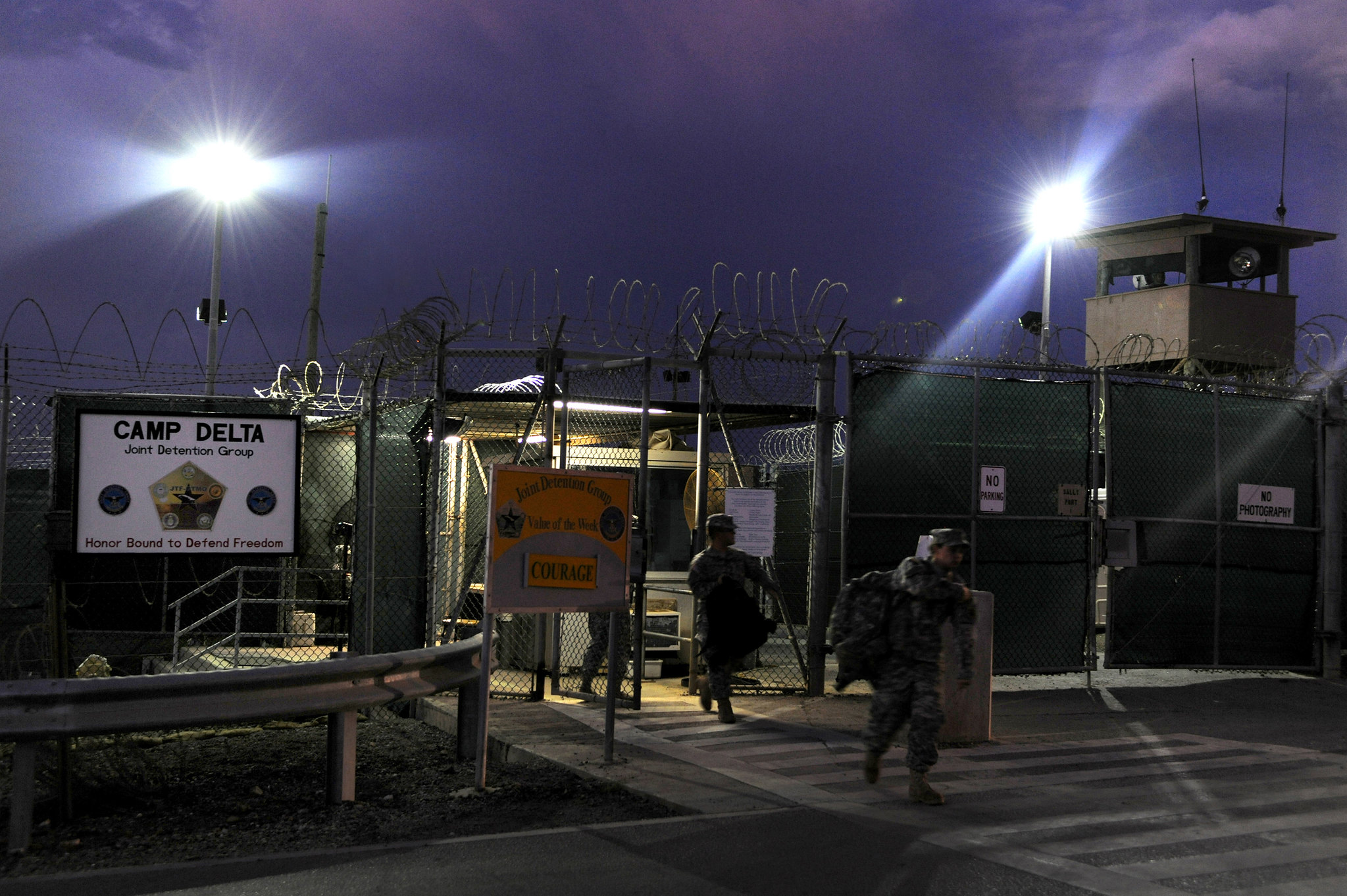Guantanamo, the Courts and the Shrinking Scope of U.S. Military Detention Authority
As the organizational scope of the post-9/11 armed conflict evolves, so too does the scope of military detention authority. A court’s ruling this week illustrates that it is shrinking.

Published by The Lawfare Institute
in Cooperation With

On Oct. 19, Judge Amit Mehta of the U.S. District Court for the District of Columbia did something we have not seen in many a year: He granted a Guantanamo detainee’s petition for a writ of habeas corpus, ordering the man’s release.
The man in question is Asadullah Haroon Gul (aka Haroon al-Afghani), an Afghan citizen who was captured alongside six other men in an operation by Afghan government forces in early 2007. All the men, it appears, were members of the armed group known as Hezb-e-Islami Gulbuddin (HIG) commanded by former Afghan Prime Minister Gulbuddin Hekmatyar. Though not formally part of the Taliban, Hekmatyar’s political movement and its armed expression, HIG, were aligned theologically and politically with the Taliban. And after the fall of the Taliban, HIG became one of the armed groups fighting against the new Afghan government, U.S. forces and other allied forces. In short, HIG for many years was a paradigm example of an “associated force” engaged in hostilities against the United States in connection with the larger conflict with al-Qaeda and the Taliban. Indeed, in 2011, a U.S. Court of Appeals for the D.C. Circuit opinion authored by now-Attorney General Merrick Garland expressly affirmed as much in Khan v. Obama.
But here’s the thing about military detention authority: The scope of that authority will grow or shrink in accordance with the scope of the underlying armed conflict on which the claim of military detention authority is based. And thus it mattered a great deal when, in fall 2016, the then-government of Afghanistan reached a peace agreement with HIG. Thus, even without the eventual U.S. decision to withdraw from Afghanistan and end the fight against the Taliban too, the legal foundation for military detention in cases predicated solely on membership in HIG appeared to be going or already gone by late 2016.
As it happens, 2016 was also the year that Asadullah Haroon Gul filed a habeas petition challenging the factual basis for the U.S. government’s claims against him. Later, after the peace deal with Afghanistan, Gul amended his argument to raise the additional argument that he could no longer be held on grounds of HIG membership even if it were true that he had been a HIG commander as the U.S. government alleged. In 2018, the Justice Department responded by abandoning its claim of authority to detain based on HIG membership alone. It argued that Gul still could be held, however, based on the distinct claim that Gul separately had been involved with al-Qaeda itself. (See this 2018 Lawfare post from Harry Graver for those details and relevant links.) Gul denies that argument on factual grounds, and for a time that was the central issue in the case. Then, with the recent full withdrawal of the United States from Afghanistan, Gul appears to have expanded his argument to include a much broader claim about the expiration of the legal grounds for detention. That claim, if accepted by the court, could have sweeping implications for other Guantanamo detainees.
Meanwhile, as the slow wheels of the habeas process continued to turn, a separate process was underway: the periodic review board (PRB) system whereby an interagency team recurringly considers whether a detainee might safely be released from Guantanamo, quite apart from whether the government still has legal grounds to hold that person. And as it happens, just a few weeks ago a PRB concluded that Gul could, indeed, be released.
And that brings us at last to Mehta’s Oct. 19 ruling in the long-running habeas case. Though the grounds for his decision are not yet available to the public (it appears there are two opinions, in fact, but both are classified and it will take time before unclassified versions are released), it is clear from media reports that he did rule for Gul and has ordered Gul’s release. The big question is this: Is the ruling based merely on a determination that the government failed to carry its burden of proof (preponderance of the evidence) to show Gul had sufficient ties to al-Qaeda to warrant detention on that basis? Or is the ruling instead predicated on a legal determination that the armed conflict with al-Qaeda has expired? According to Carol Rosenberg at the New York Times, the answer is the former. Rosenberg writes that Mehta “rejected the argument … that hostilities had ended in Afghanistan” but concluded that Gul “did not qualify as a member of Al Qaeda or an associated force” thereof.


.jpg?sfvrsn=d5e57b75_7)

